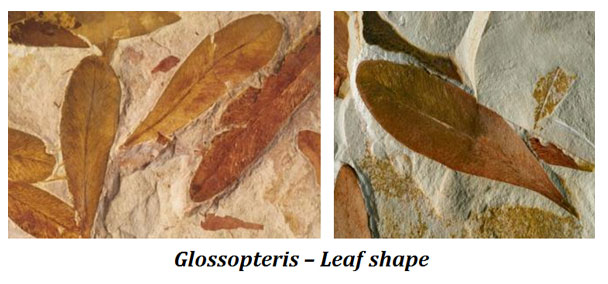Dear Students, Welcome to MCQ on Population Ecology. This MCQ set consists of Ecology and Environmental Sciences Multiple Choice Questions from the topic Population Ecology or Autecology with Answer Key. These questions can be used for the preparation of all the competitive examinations in Biology / Life Sciences such as NEET, […]
Continue ReadingMCQ on Meiosis
Dear Students, Welcome to Cytology MCQ-07 (MCQ on Meiosis). This MCQ set consists of Cell Biology / Cytology Multiple Choice Questions from the topic Cell Division – Meiosis: Phases and Mechanisms with Answer Key. These questions can be used for the preparation of all the competitive examinations in Biology / Life […]
Continue ReadingAnomalous Secondary Growth in Dracaena
Secondary thickening in monocot plants is a rare phenomenon that occurs in only a few species, such as Dracaena, Yucca, and Agave. Unlike most monocots, which exhibit limited or no secondary growth, these plants have the ability to produce new vascular tissues and increase their stem girth over time. Interestingly, […]
Continue ReadingCaytoniales General Characteristics
What are Caytoniales? Ø Caytoniales were a small group of extinct Gymnospermic plants. Ø First described by Hamshaw Thomas in 1925 from the late Triassic period. Ø Caytonia is a berry-like cupules with numerous small seeds. Examples of Caytoniales Ø Leaves: Sagenopteris Ø Microsporophylls: Caytonanthus Ø Megasporophylls: Caytonia and Gristhorpia […]
Continue ReadingGlossopteridales and Glossopteris- General Characteristics
Glossopteridales and Glossopteris Ø Glossopteridales included an extinct group of seed plants (Gymnosperms). Ø They were originated during the Permian period on the Gondwana Continent. Ø They became the dominant vegetation in the Permian period. Ø They extinct completely by the end of the Triassic period. Ø The order name […]
Continue Reading




